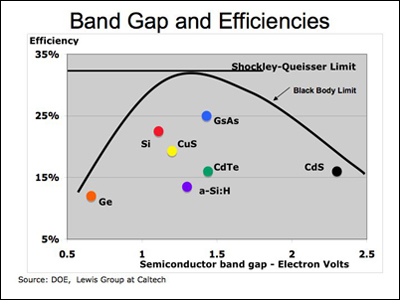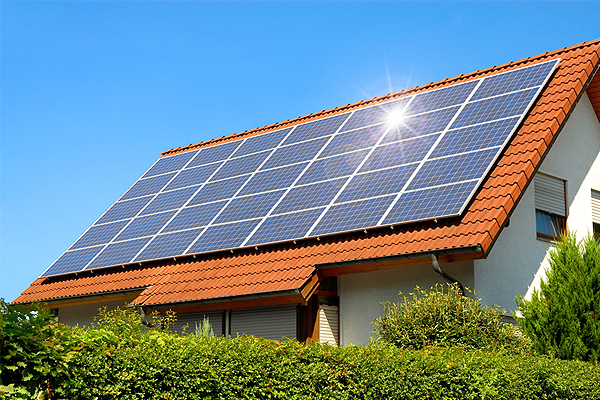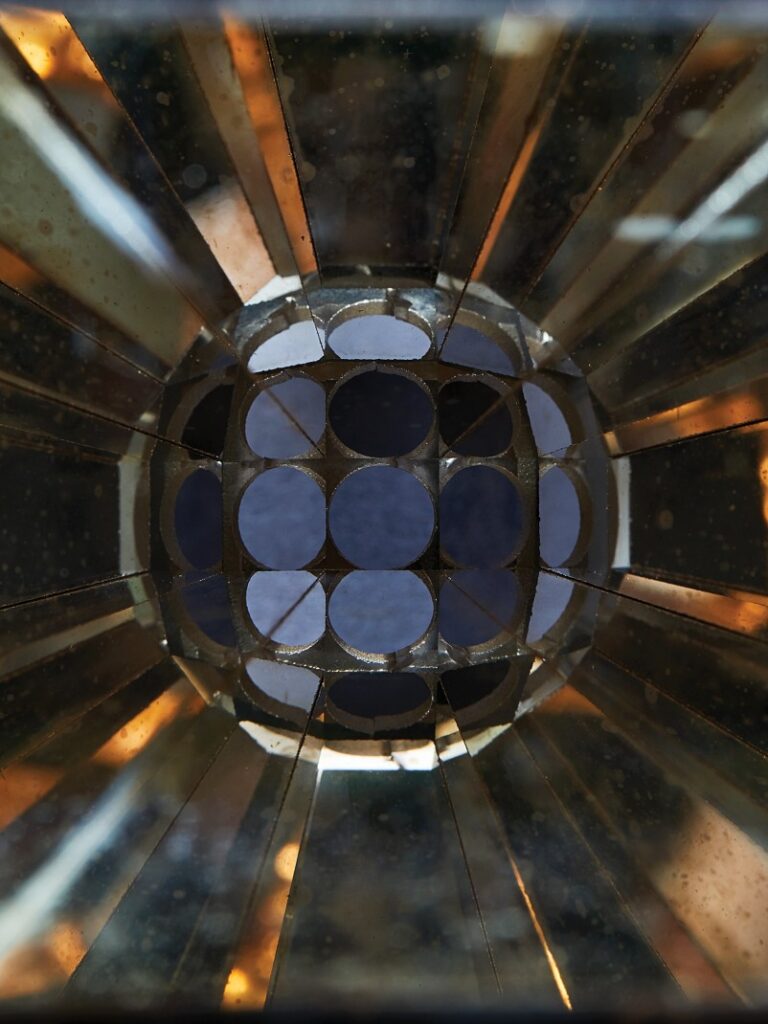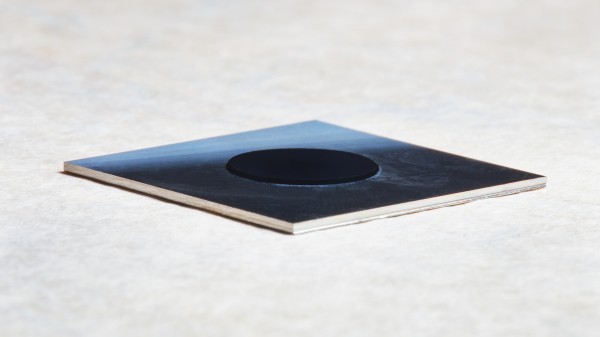& Construction

Integrated BIM tools, including Revit, AutoCAD, and Civil 3D
& Manufacturing

Professional CAD/CAM tools built on Inventor and AutoCAD
4 min read
Solar is officially taking over. According to Bloomberg New Energy Finance, solar will be the cheapest way to produce energy within the next 15 years. Walking around my hometown of San Diego, California you can see solar panels all over the place, dotting suburban homes, office buildings, and even parking lots. It just makes sense to take advantage of solar in this city, with its abundance of sunlight. But what about cities with less consistent weather? When clouds roll in, that’s usually lights out for solar power. The new hot solar cell technology being developed by researchers at MIT could completely change this story.
The silicon found in today’s solar cells is terribly inefficient, capturing visual light in only the violet and red spectrum. This has always been a known problem. Since solar cells were first introduced in the 1960s, a theoretical limit was imposed on their efficiency, called the Shockley-Queisser Limit. This limit states that a single-layer cell made of silicon has a maximum theoretical efficiency of 32 percent. Keep in mind that’s theoretical, with actual conversion efficiency in practical applications is much lower, around 15 percent.

So how many inefficient solar panels do you need to strap on a house just to make it energy independent? According to MIT, for a house in Arizona, you’ll need about 574 square feet of panels to meet daily energy needs. For Vermont, the same house will need 861 square feet. This is all assuming you get an average 15 percent conversion efficiency.

The point is, today’s photovoltaic technology has gotten us to where we are today, but it needs an upgrade to move us into the future.
A team of MIT scientists is building a different story for the future of solar technology. By using some innovative engineering and material science techniques, they’ve been able to develop what’s called a hot solar cell. This device works on the same basic foundation of converting sunlight into electricity with a little twist. By first turning sunlight into heat, and then converting it back into light, solar cell efficiency skyrockets.

This thermophotovoltaic technology is so promising that it was named as one of MIT 10 Breakthrough Technologies of 2017. Let’s see how it works.
The two key components of the hot solar cell system are the carbon nanotubes and nanophotonic crystals. The carbon nanotubes provide a near perfect way to absorb the entire color spectrum from sunlight. When this captured light is converted to heat, the structure of the nanophotonic crystals can emit the heat in precisely defined wavelengths that match a photovoltaic cell’s top efficiency.

The basic problem with a single-layer silicon cell is the amount of solar energy lost by heat. Hot solar cells solve this problem by introducing an absorber-emitter on top of the cell. This device acts like a kind of funnel, which captures energy in sunlight and converts it into heat with nanophotonic crystals embedded in carbon nanotubes.

Once the trapped heat reaches a temperature of 1,000 degrees Celsius, the nanophotonic crystals emit the heat back out as light. This light is focused in particular wavelength bands that the photovoltaic cells can absorb at their maximum efficiency.
Here’s the best part – any unusable photons that don’t get absorbed by the photovoltaic cell are then reflected back by an optical filter. This filter sends the light back through the absorber-emitter process, which effectively recycles unused photons to produce more heat.
To date, this technology is still in the prototyping stage and operates at only 6.8 percent efficiency. However, MIT researchers are confident that some enhancements will make it twice as efficient as traditional photovoltaic cells.
While the research team continues to expand efficiency, they’re also looking at ways to add in a thermal storage system. This would allow any excess heat generated by the hot solar cell device to be fed into the storage system. This stored heat would then act as a kind of battery, allowing electricity to be produced even when sunlight isn’t available. If this is successful, we might be seeing always-on solar that works in any climate environment.
The team has already proved that this storage system concept works under a trial test. They ran the system under direct sunlight and then blocked the sun, so only emissions from the nanophotonic crystal were being used. In both instances, performance matched the expected behavior and provided continuous electricity generation.
As demands for more sustainable energy sources continues to grow, our current inefficient solar solutions just won’t cut it. Hot solar cells are looking like a promising alternative to expand our energy independent future. Will hot solar cells shatter the Shockley-Queisser Limit and become the new standard in solar? We’re looking forward to how development heats up on this technology in 2018.
Want to design your own solar powered electronic device? Try Autodesk EAGLE for free today!
By clicking subscribe, I agree to receive the Fusion newsletter and acknowledge the Autodesk Privacy Statement.
Success!
May we collect and use your data?
Learn more about the Third Party Services we use and our Privacy Statement.May we collect and use your data to tailor your experience?
Explore the benefits of a customized experience by managing your privacy settings for this site or visit our Privacy Statement to learn more about your options.